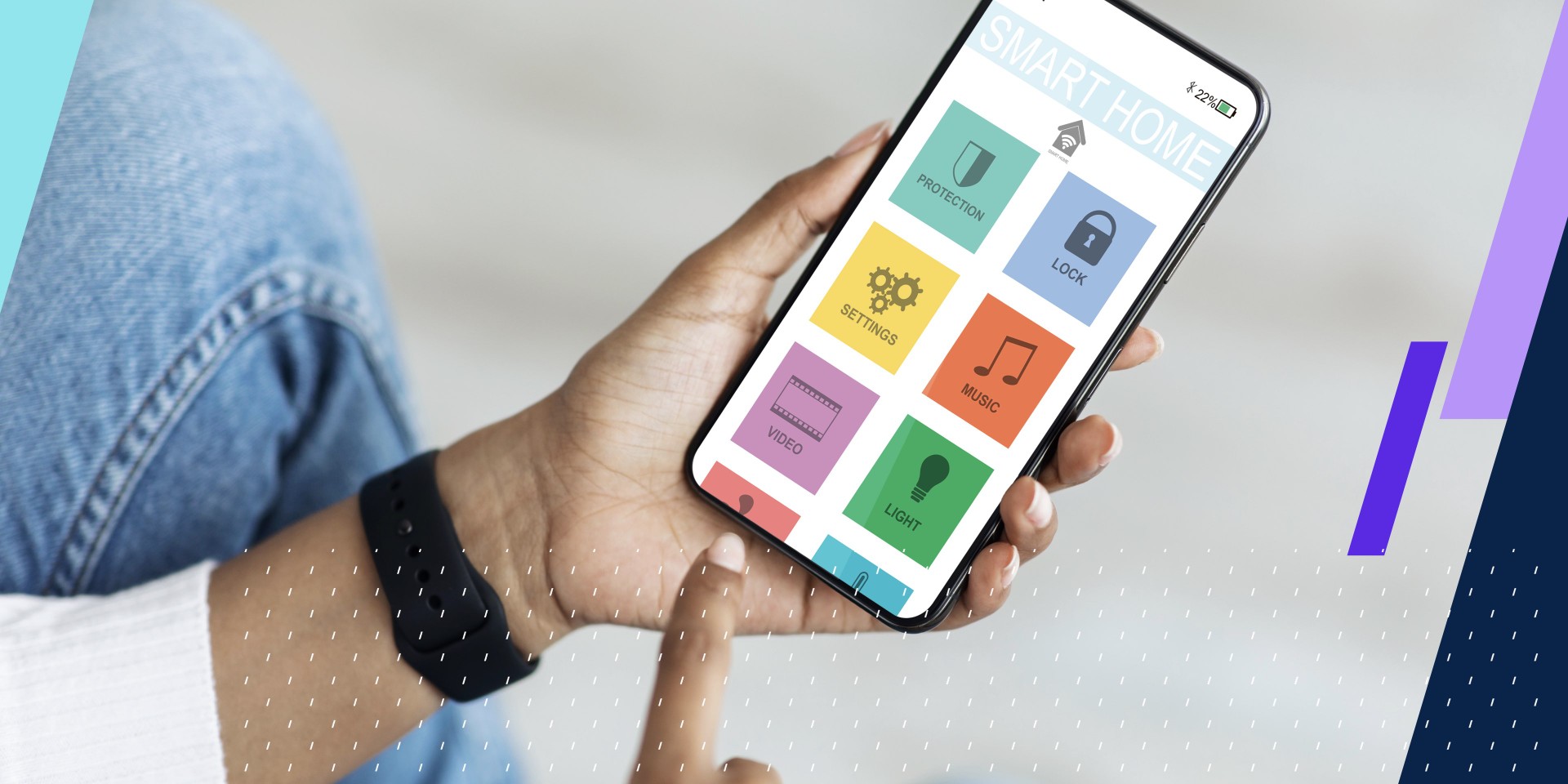The W3C has published a long-anticipated Working Group Note: Applying WCAG 2.2 to Mobile Applications. A Working Group Note is created to provide a stable reference for a document that is not intended to be a formal standard. However, this is a clarifying resource that addresses a long-standing challenge—how to interpret and apply Web Content Accessibility Guidelines (WCAG) 2.2 requirements to native mobile applications.
In this blog post we dig more deeply into what this guidance means, what it does not mean, and why it is needed for mobile app designers and developers.
What This Guidance Is
Applying WCAG 2.2 to Mobile Applications offers informative (non-normative) guidance on how WCAG 2.2 principles, guidelines, and success criteria can be applied to mobile applications, including native mobile apps, mobile web apps, and hybrid apps using web components inside native mobile apps.
Key highlights include:
- Comprehensive Coverage of WCAG 2.2 Success Criteria: The guidance addresses the Level A and AA success criterion from WCAG 2.2 which are applicable to mobile applications, providing context-specific guidance for each. This includes considerations for touch interactions, screen orientation, and mobile-specific user interface elements.
- Interpretation of Web Terminology in Mobile Context: Recognizing that certain web terminologies may not directly translate to mobile environments, this guidance helps bridge the gap between web-based terminology used in WCAG (e.g., “web page,” “set of web pages”) and the structure of mobile applications (e.g., screens, views, dialogs) to ensure clarity and relevance. For instance, it reinterprets the concept of a “web page” to align with elements commonly found in mobile apps, such as screens or views. This ensures that developers can accurately apply accessibility guidelines within the unique constraints and capabilities of mobile platforms.
What This Guidance Is Not
It’s important to note that this document:
- Does not introduce new success criteria or propose changes to WCAG 2 or its supporting documents.
- Does not provide sufficient techniques or code examples for implementing WCAG 2 in mobile technologies.
- Should not be considered a standard. This document is purely an informative note about mobile applications, not a standard, so it does not describe how mobile applications should conform to it.
Why This Guidance Is Needed
Although WCAG was originally developed for web content, it has become the de facto standard for mobile accessibility as well. WCAG is referenced in numerous laws, regulations, and legal decisions worldwide, including the European Accessibility Act (EAA), Sections 504 and 508 in the U.S., and others.
However, applying web-based criteria to native mobile experiences has led to inconsistencies, confusion, and even conflict.
For professionals involved in mobile app development, this new W3C guidance aims to reduce that friction by offering a clearer, shared understanding of how WCAG 2.2 can be interpreted in mobile environments.
By integrating the guidance into the design and development lifecycle, teams can proactively address potential accessibility barriers, leading to more inclusive, user-friendly, legally compliant mobile applications.
Our Perspective
At Allyant, we believe the guidance in Applying WCAG 2.2 to Mobile Applications is a meaningful step forward in helping organizations meet their mobile accessibility obligations. It provides a much-needed foundation for greater clarity and consistency.
We welcome this progress and look forward to further developments from the W3C Mobile Accessibility Task Force, which continues to explore how accessibility guidance can better reflect the needs of mobile users and developers alike.
And if you’d like any support with mobile app accessibility—whether auditing an existing app or expert review of your designs or wireframes, we’re ready to help. Engage our team today.

